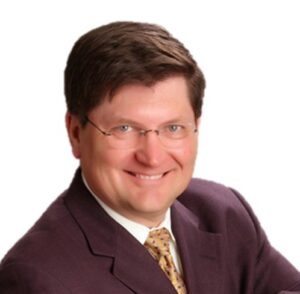By Stephen Tweed
Several weeks ago I wrote an article about the overall dollar value of a client. I talked about how we created a case study with one of our home care companies by looking at all of their clients for a year, and calculating their average length of stay and average billing per month. Then we multiplied the billing per month by the length of stay in months to get the total dollar value of a client.
Well one of the key ingredients in that calculation is the ALOS – Average Length of Stay.
Coming back home on an airplane the other day from conducting a two-day private duty sales training program in Orlando, I was reading through the 2013 Private Duty Benchmarking Study. (If you have not ordered your copy yet, now is the time.)
I found a very interesting statistic on page 110 that shows the trend in average length of stay for the 617 companies that participated in this national survey.
- The average length of stay has increase from 8 months in 2011 to 11 months in 2012 – a jump of 37.5%
- The ALOS for the leading companies in the industry – those with $2 million or more in revenue – was 14 months in 2012. That’s a difference of 27.2% between the leaders and the median companies.
As we explored this statistic in more detail, we identified three factors that contribute to a high length of stay for your clients:
- The medical condition of the client ( Clients with multiple chronic conditions stay longer)
- The net worth of the client (Clients with more money stay longer)
- The quality of care provided (Companies with quality caregivers and exceptional customer experiences have longer ALOS)
Another key fact that we have uncovered and verified with several case studies is that referrals from trusted advisers – bank trust officers, elder law attorneys, geriatric care managers – tend to have high weekly utilization and longer length of stay.
You can grow your home care business by focusing your sales and marketing efforts on those referral sources that send you high dollar value clients. You can learn more about how to do that by joining me in Chicago, IL on June 18th or in Altoona, PA on June 26th for our live workshop, “Serving More Clients”.
Take just a minute to click through to learn more details about these two programs presented by The Academy for Private Duty Home Care. ®



